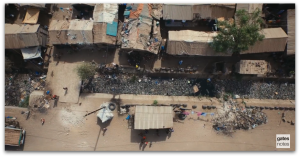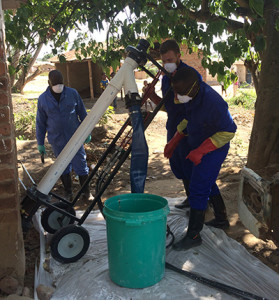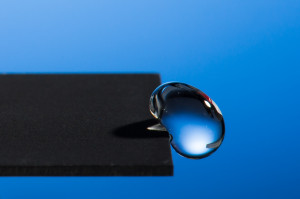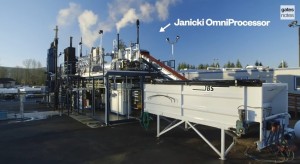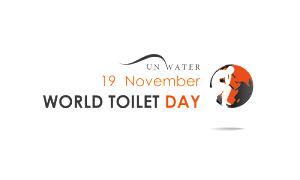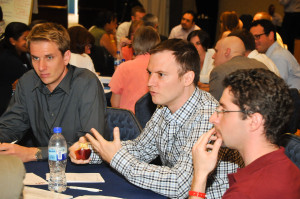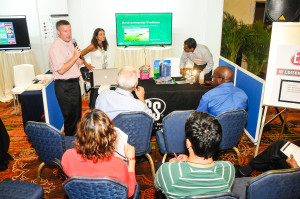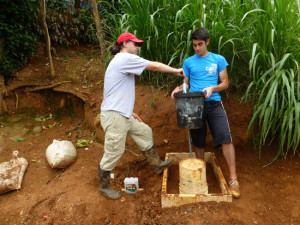At the 229th ECS Meeting in San Diego, we had the opportunity to gather the grantees from our Science for Solving Society’s Problems challenge, done in partnership with the Bill & Melinda Gates Foundation. Nine grantees came to the table to discuss how ECS facilitated an unprecedented program leading to ground-breaking collaboration and real scientific advancements, while creating a funding opportunity which has helped contribute to planet sustainability.
Listen as these esteemed researchers discuss the global water and sanitation crisis and how electrochemical and solid state science could begin to solve these pressing issues. Today you’ll hear from Plamen Atanassov, University of New Mexico; Luis Godinez, CIDETEQ; Gemma Reguera, Michigan State University; Juan Pablo Esquivel and Erik Kjeang, CSIC and Simon Fraser University; Jorg Kretzschmar (on behalf of Falk Harnisch), Helmholtz Centre for Environmental Research; Gerardine Botte, Ohio University; Eric Wachsman, University of Maryland; Carl Hensman, Bill & Melinda Gates Foundation representative, and our host E. Jennings Taylor.
Listen to the podcast and download this episode and others for free through the iTunes Store, SoundCloud, or our RSS Feed. You can also find us on Stitcher.


